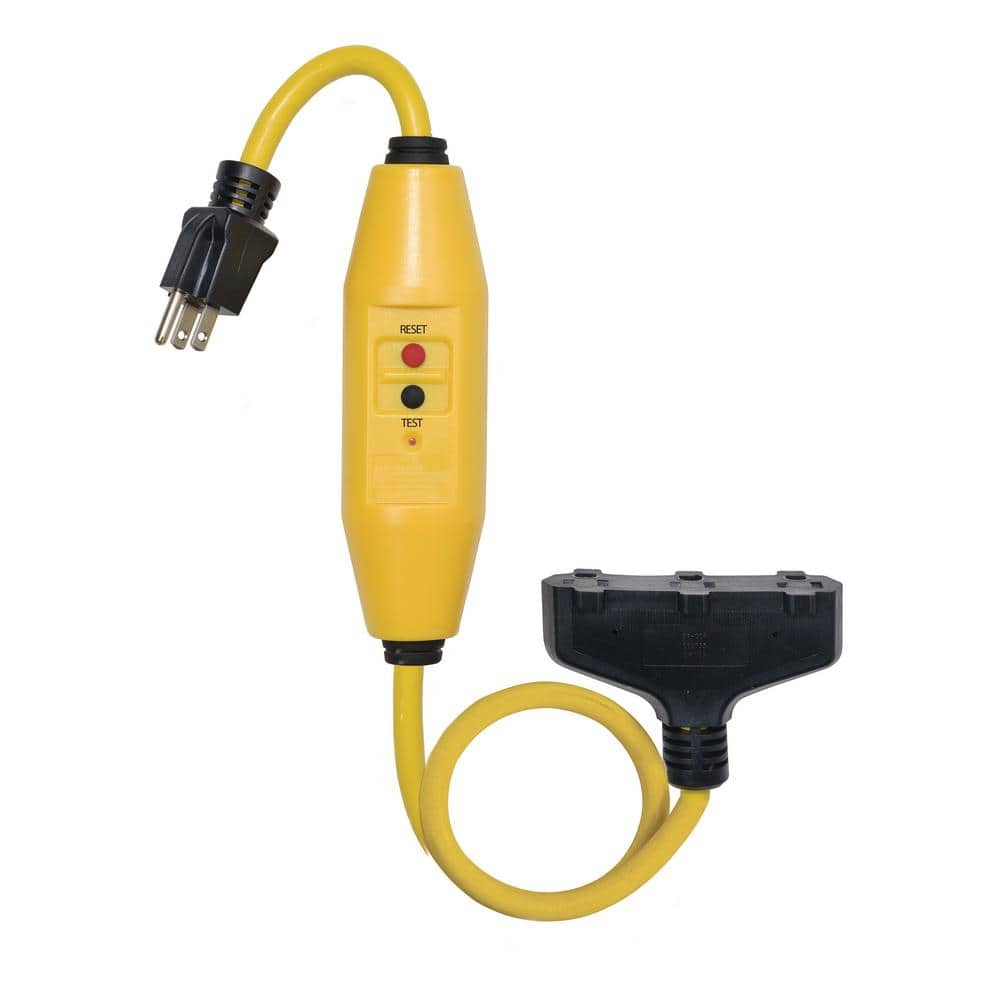I put in an order for a Raphaelite CS30-MKII 300B and have started this thread to share impressions and measurements along the way. In the excitement of ordering it, I failed to look at the photos carefully which is also why I'm creating this thread before its arrival and I start doing some measurements. Tagging @SIY and @amirm as our experts.
Why did I order this? Science.
There is a lot of hype about the 300B tubes being "musical." Tools from @pkane allow you to insert a distortion transfer function and to measure comparisons.
Questions to be answered once I arrives:
1. At something like 0.5W of power, will a PK Metric show a sufficient difference between a single ended 300B amplifier and a regular solid state amp? Or is the 300B tube sound all sighted bias?
2. If there is a difference, can I get a solid-state amp to match a single-ended 300B tube amp?
Tools from @pkane allow you to create distortion transfer functions and there is a general consensus that:
"If pleasant colorations are desired, you can take a transparent audio chain and add preferred colorations/distortions in software."
What "those colorations/distortions" to be added is less clear unknown. So, will it be possible to analyze this 300B amplifier and then create a transfer function that then allows the PK Metric of two musical recordings to be closer to this 300B?
Why did I pick this tube amp?
It's the right combination of attractive + value priced at <$2000 shipped via eBay. It looks like the company out of China hired a design firm from Germany to help them design the looks. I think it is a beautiful modern appearance. A quick Google search suggested that the company originally just sold audiophile transformers for hobbyists before going into their own full amplifier products, and the quality of a transformer is reported to be the an essential part of the tube sound. It also easily allows me to substitute Western Electric / RCA tubes.



Second, the company claims is that they're using a proven Western Electric circuit design. A quick glance at the internals suggested that it would be easy enough to repair/service as needed as a hobbyist. We know from HypeX DIY, that cable routing is important and it looks like it is very thoughtfully routed compared to even amplifiers from Carver.

My question, which I only recognized after putting in my order... and why I tagged @amirm and @SIY...
It looks like the IEC port is a 3 prong design. It doesn't look like the ground isn't attached to anything. The case is metal. We're dealing with lethal voltages in tube amps...
Any opinions on how I should improve product safety?
Why did I order this? Science.
There is a lot of hype about the 300B tubes being "musical." Tools from @pkane allow you to insert a distortion transfer function and to measure comparisons.
Questions to be answered once I arrives:
1. At something like 0.5W of power, will a PK Metric show a sufficient difference between a single ended 300B amplifier and a regular solid state amp? Or is the 300B tube sound all sighted bias?
2. If there is a difference, can I get a solid-state amp to match a single-ended 300B tube amp?
Tools from @pkane allow you to create distortion transfer functions and there is a general consensus that:
"If pleasant colorations are desired, you can take a transparent audio chain and add preferred colorations/distortions in software."
What "those colorations/distortions" to be added is less clear unknown. So, will it be possible to analyze this 300B amplifier and then create a transfer function that then allows the PK Metric of two musical recordings to be closer to this 300B?
Why did I pick this tube amp?
It's the right combination of attractive + value priced at <$2000 shipped via eBay. It looks like the company out of China hired a design firm from Germany to help them design the looks. I think it is a beautiful modern appearance. A quick Google search suggested that the company originally just sold audiophile transformers for hobbyists before going into their own full amplifier products, and the quality of a transformer is reported to be the an essential part of the tube sound. It also easily allows me to substitute Western Electric / RCA tubes.



Second, the company claims is that they're using a proven Western Electric circuit design. A quick glance at the internals suggested that it would be easy enough to repair/service as needed as a hobbyist. We know from HypeX DIY, that cable routing is important and it looks like it is very thoughtfully routed compared to even amplifiers from Carver.

My question, which I only recognized after putting in my order... and why I tagged @amirm and @SIY...
It looks like the IEC port is a 3 prong design. It doesn't look like the ground isn't attached to anything. The case is metal. We're dealing with lethal voltages in tube amps...
Any opinions on how I should improve product safety?


